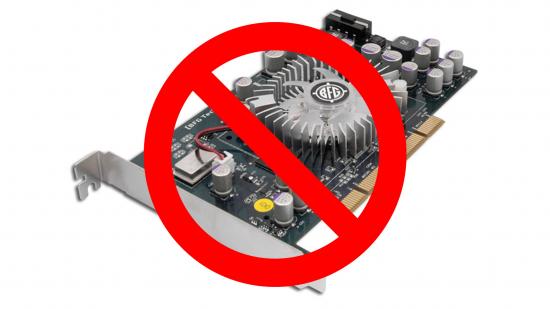Your graphics card is more than just an appliance for PC gamers. It’s proven itself to be a computational whizz in a wide range of tasks, from running machine intelligence inference to mining cryptocurrency. We find new uses for these slabs of silicon every day – and that’s perhaps why 1,299,000,000 graphics cards have been shipped since 1981.
According to a report from Jon Peddie Research, graphics add-in board shipments total nearly 1.3bn since 1981, peaking in 1999. Yes, 1999 – the year of the GeForce 256. In 2018, the GPU market was worth $15bn, and in Q3 2019 it is Nvidia that rules the roost with 72.92% of the market.
Today there are only two large-scale GPU manufacturers: AMD (Radeon) and Nvidia. It wasn’t always a two-horse race, but various acquisitions, buyouts, and busts – such as AMD purchasing ATI and Nvidia buying up 3dfx back in the day – led to the tussle for world GPU domination before you today solely between red and green. But that’s potentially all about to change.
Intel’s about to jump into the graphics card game – for a slice of that multi-billion dollar pie – with Intel Xe, its first(ish) GPU architecture. Covering everything from cloud gaming and supercomputers to mobile chips and gaming graphics cards, the Intel Xe architecture is set to go head-to-head with Nvidia and AMD across their entire product portfolios.

If successful with its initial push, the gentle ebb and flow of the GPU market we’re all so familiar with could get rather choppy going forward.
During Q3, 2019, AIB shipments increased 42.2% over the last quarter. The end of summer tends to be the best period for GPU sales, but that’s above and beyond even the 10-year average of 14.9% for the quarter. It’s no wonder Intel wants in.
